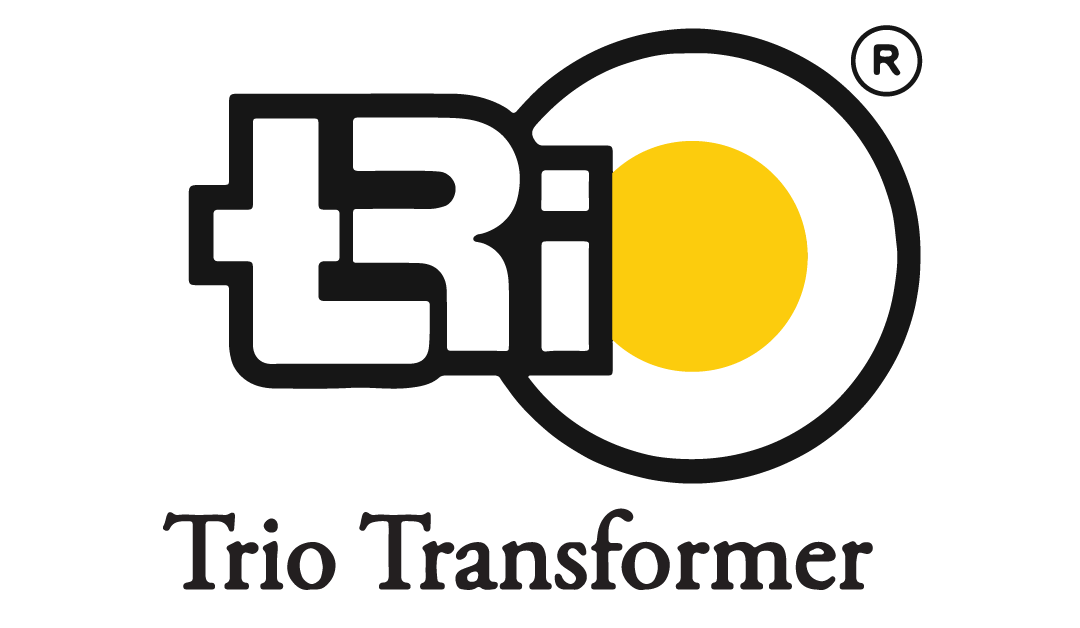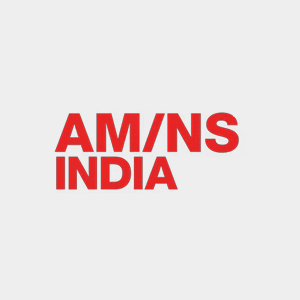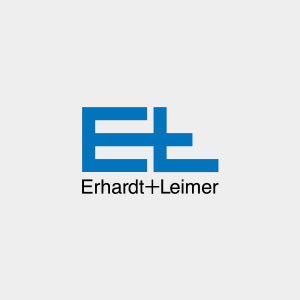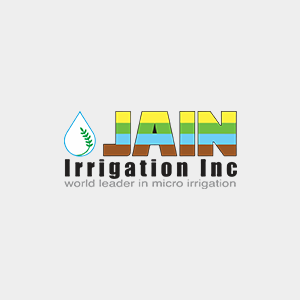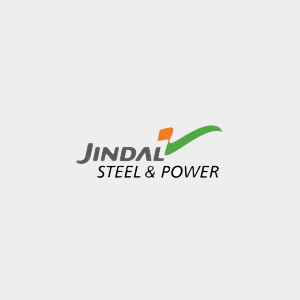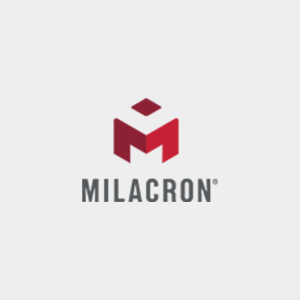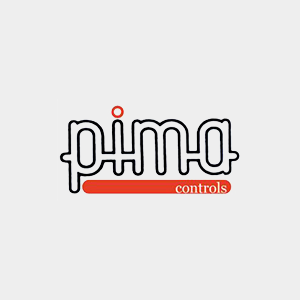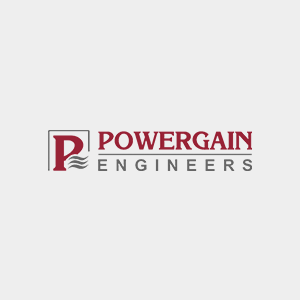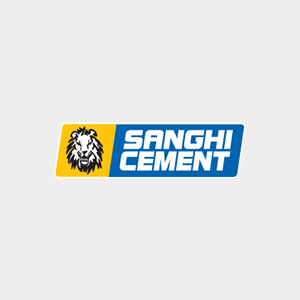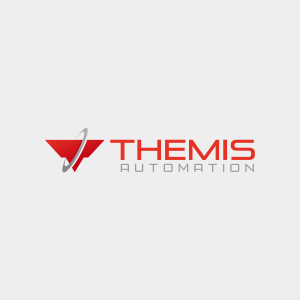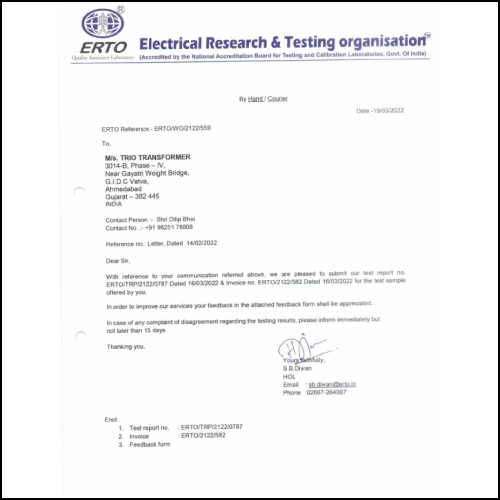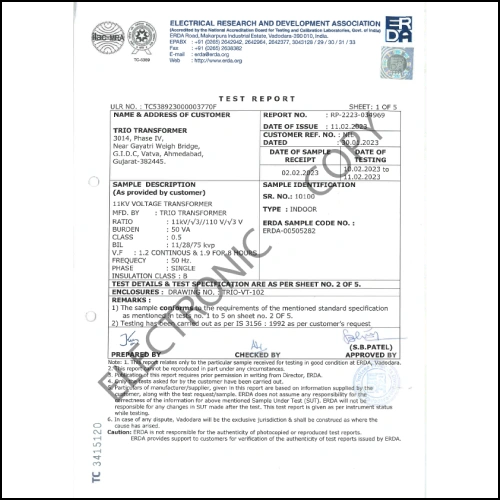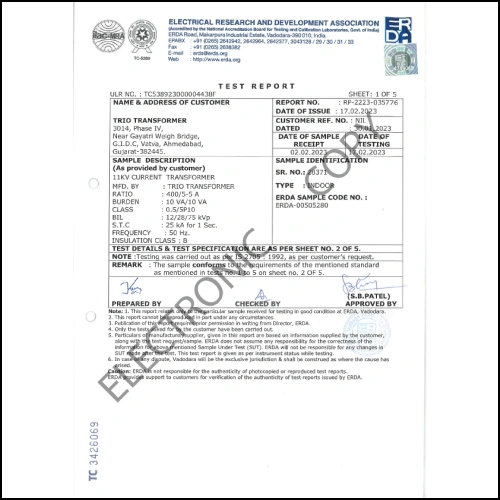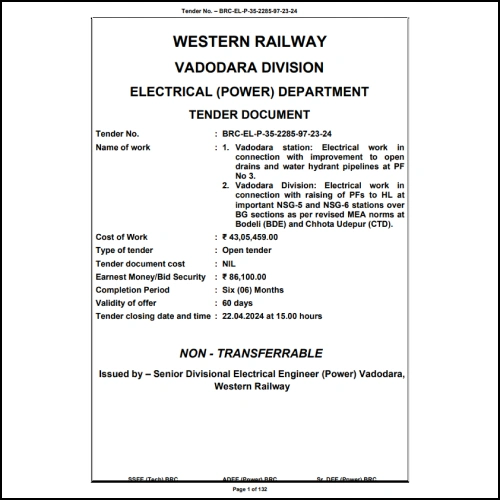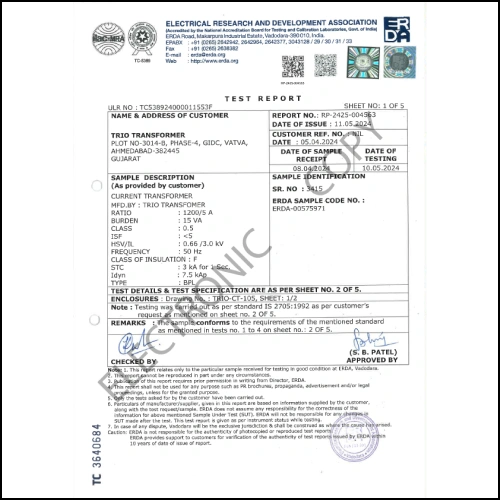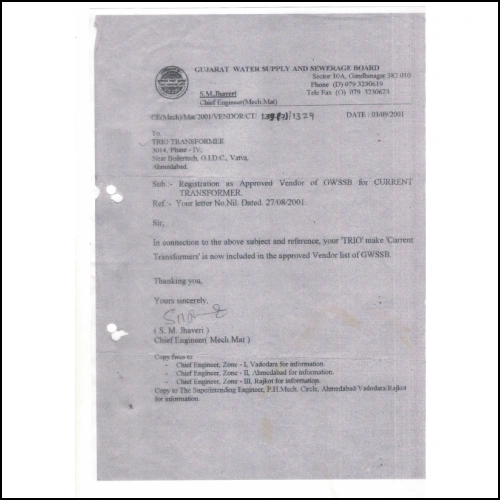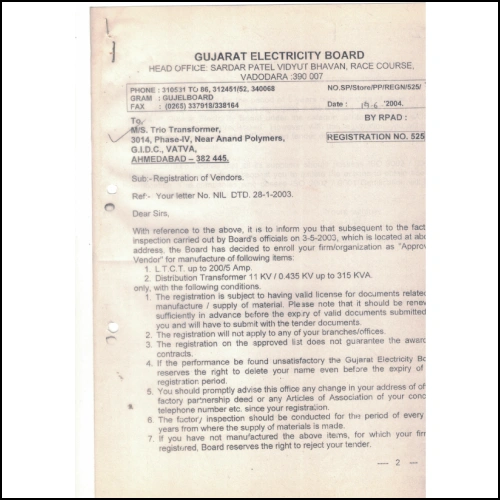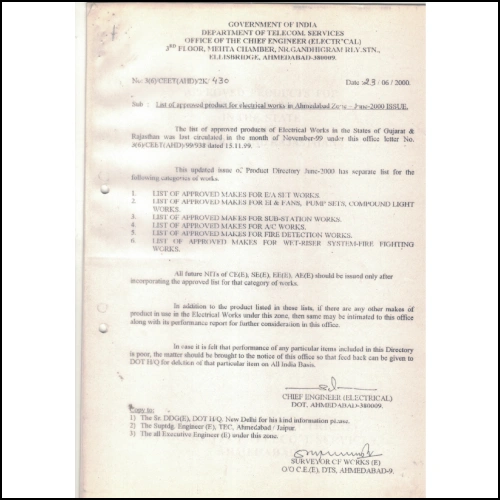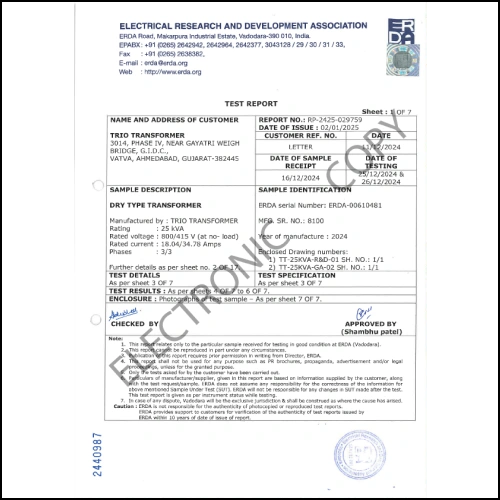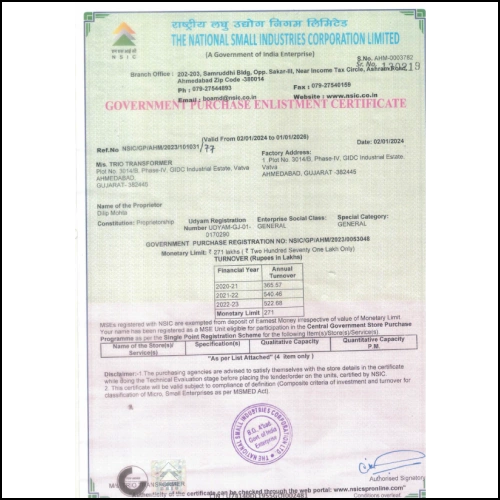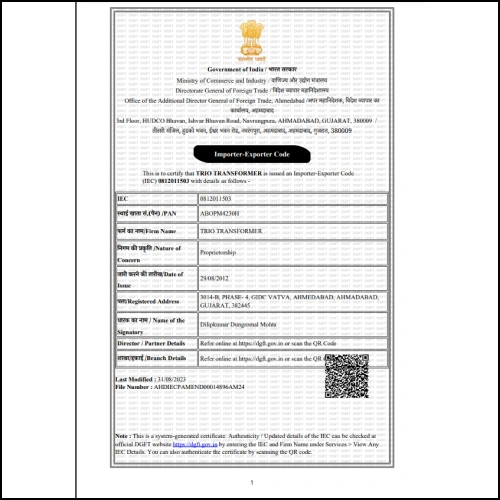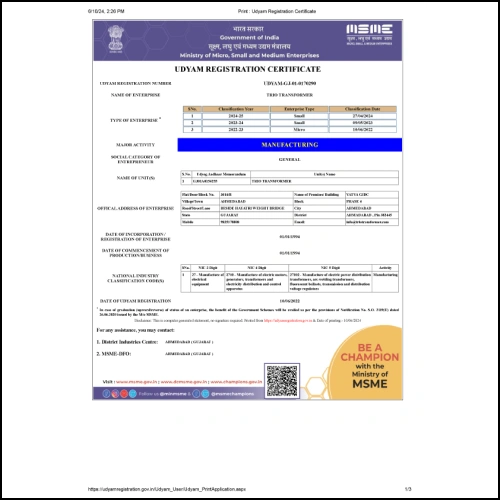Reliable Control Optimized Performance
Control Transformer
Over thirty years in the manufacturing, Trio Transformer established itself as the leader in the production of control transformers by high quality producers. Its work nature emphasizes precision engineering, quality control and customer attention. The product line particularly fits the need of where compact design and construction are demanded. With our state-of-the-art in house testing facilities, we assure compliance with high standards for manufacture of control transformers. Our products are robust enough to withstand harsh environmental conditions and provide reliable and long-lasting service. We combine our experience with an innovative approach and provide control-transformers that meet the changing needs of our customers, assuring Trio Transformer as the brand of choice for reliable and efficient power solutions
Building The Future, Restoring The Past
Dedicated Customer Teams & An Agile Services
Application of Control Transformers
Industrial Systems
Machine tool control
Conveyor systems
Pumps
Key Benefits of Control Transformers
Isolation
Voltage Reduction
Improved Safety
Can handle high fault currents
Specifications
| Type | Control Transformer (Single Phase) |
|---|---|
| Reference Standard | IS 2026 / 11171 |
| Rating | 50VA - 150KVA |
| Input Voltage | 800 / 415 / 230 / As per requirement |
| Output Voltage | As per requirement |
| Cooling | Air |
| Configuration | Single Phase |
| Frequency | 50 / 60 Hz |
| Insulation Class | F / H |
| Insulation Level (kV / RMS) | 2.5 kV for 1 min |
| Type of Winding | Double |
| Winding Material | Aluminum / Copper |
| Conductor Types | Wires / Strips |
| Core Type | Strips / EI |
| Operating / Ambient Temperature | 45°C |
| Short Circuit Protection | MCB / MCCB available upon request |
| Enclosure | Available on request |
Our Approach, Our Philosophy
Trio Transformer has been a prominent player in the transformer manufacturing industry for over thirty long years. With a strong and established supply across India and rapidly growing global presence and footprint, it is offering high-quality transformers to the leading multinational companies.
With state-of-the-art manufacturing facilities located at Ahmedabad and Baroda in the state of Gujarat (India) and a highly dedicated team of more than 30 plus skilled workers, it enables us to produce and manufacture cutting edge transformer solutions. We pride ourselves on being an ISO 9001:2015-certified organization, proving our commitment to quality, efficiency, and customer satisfaction.
